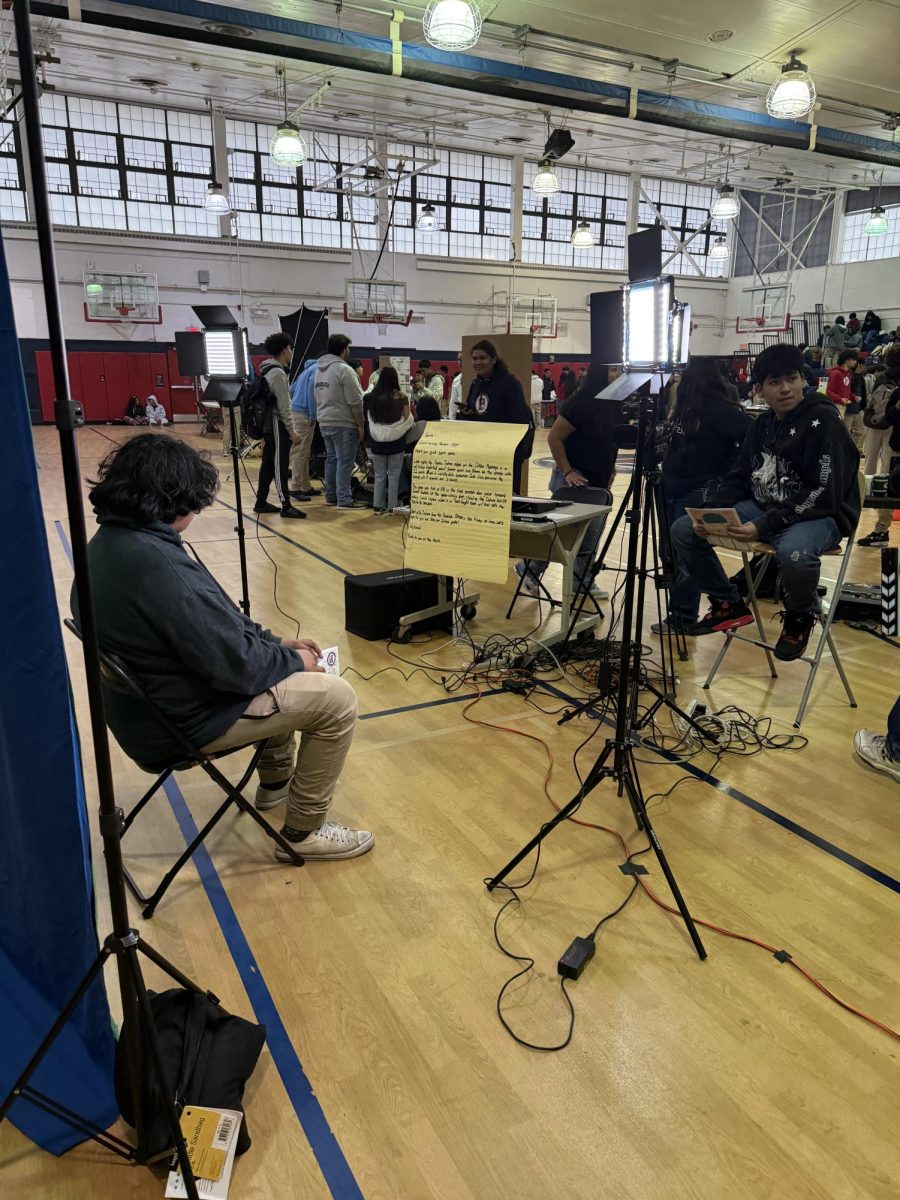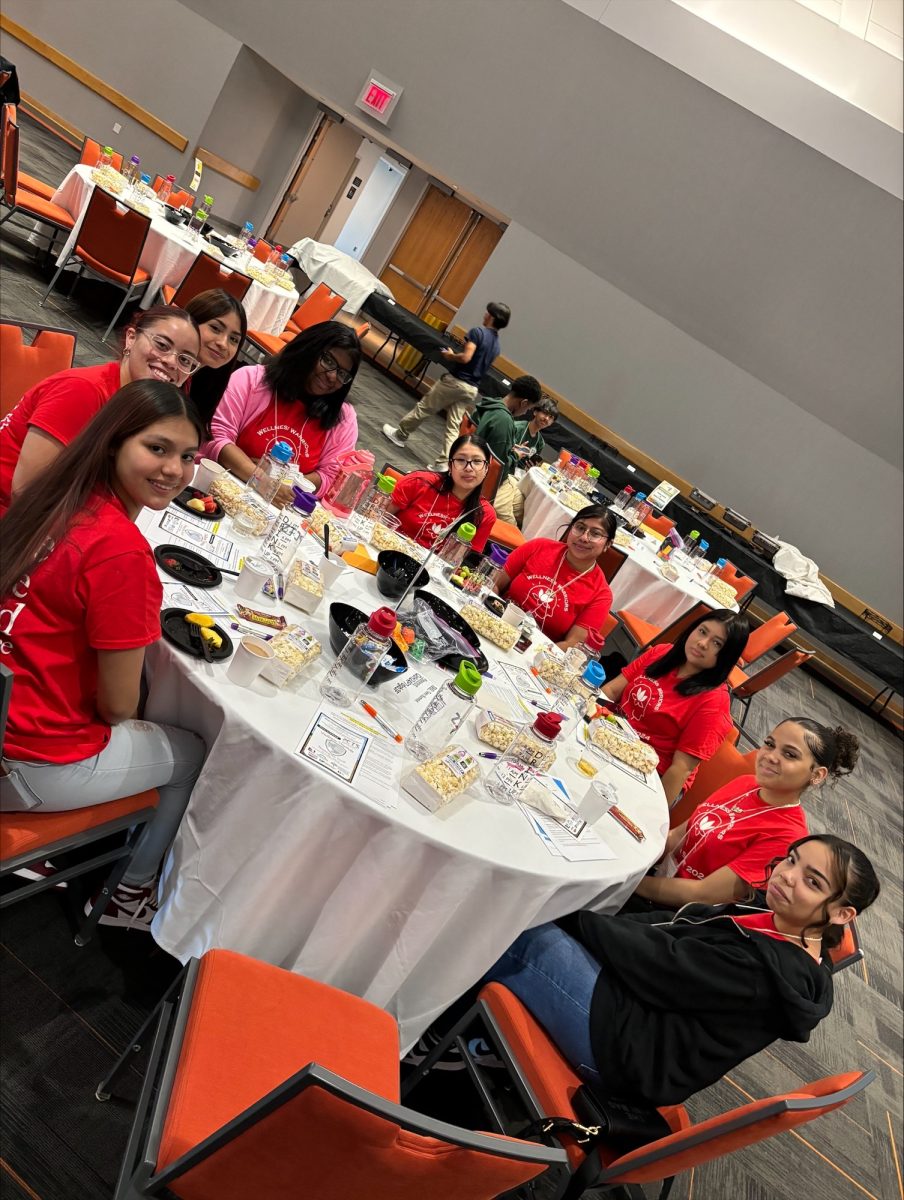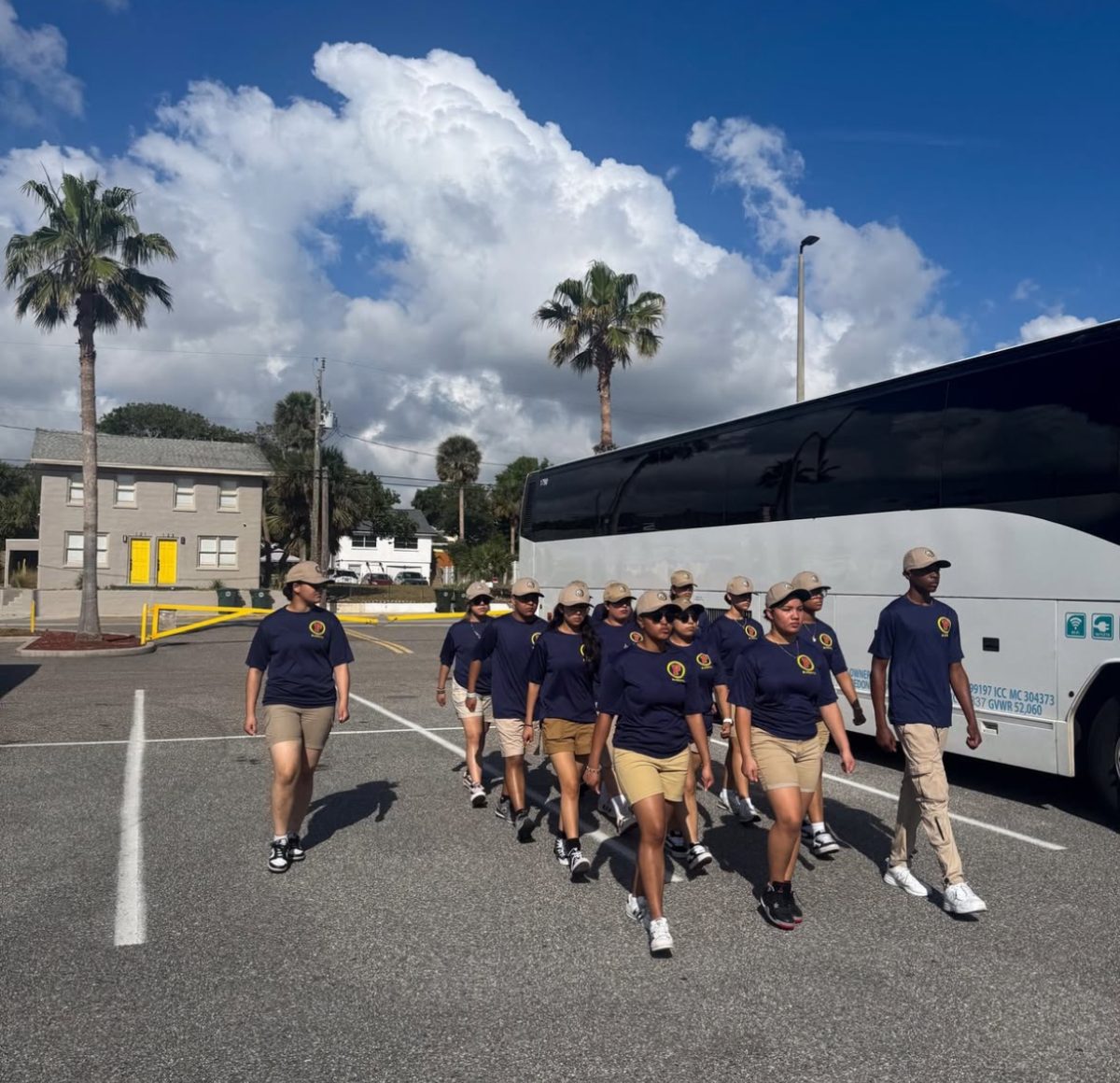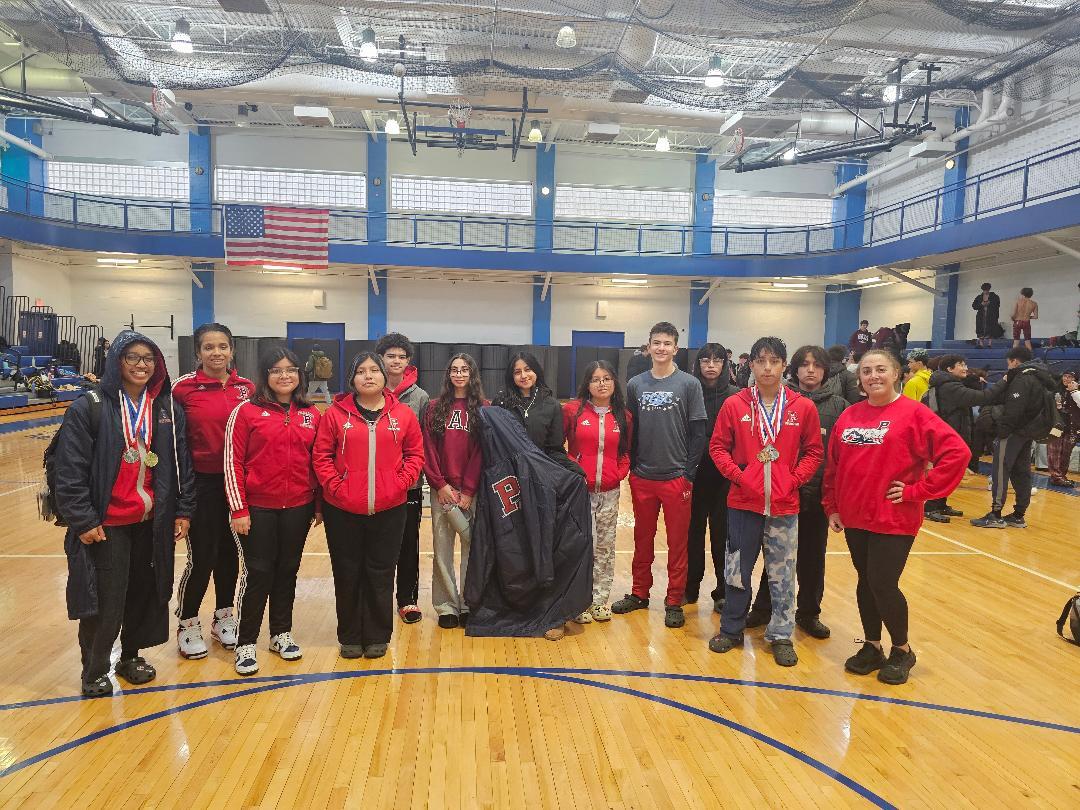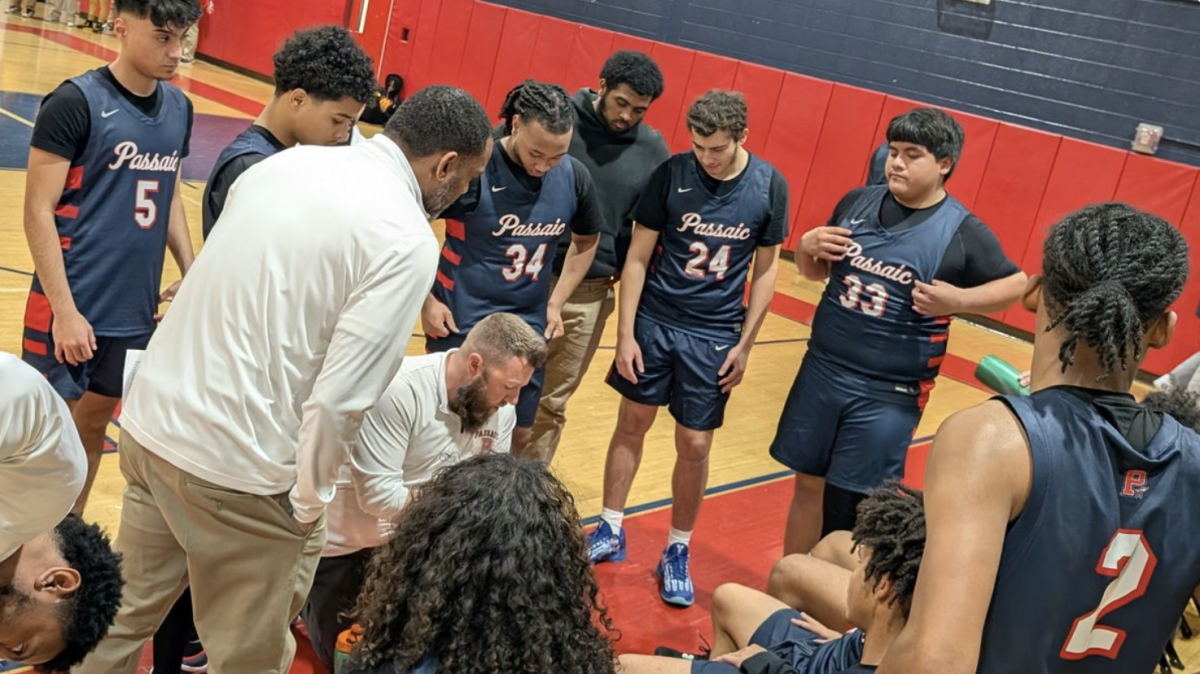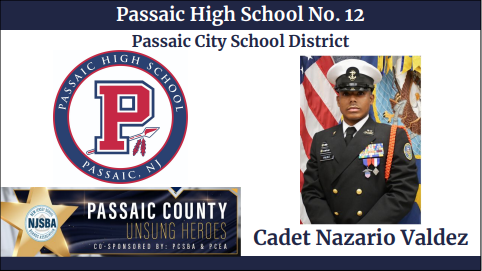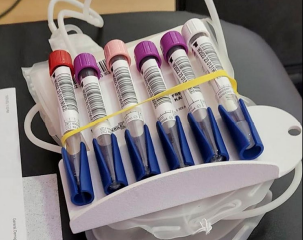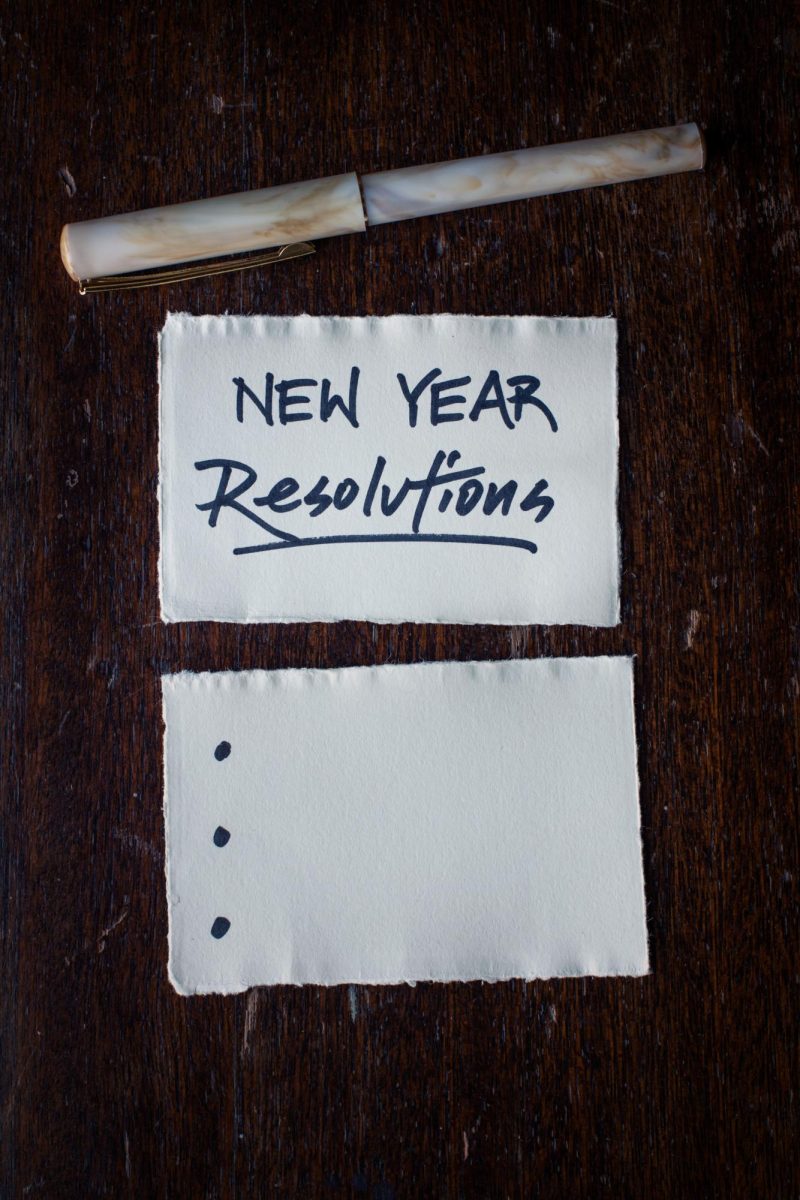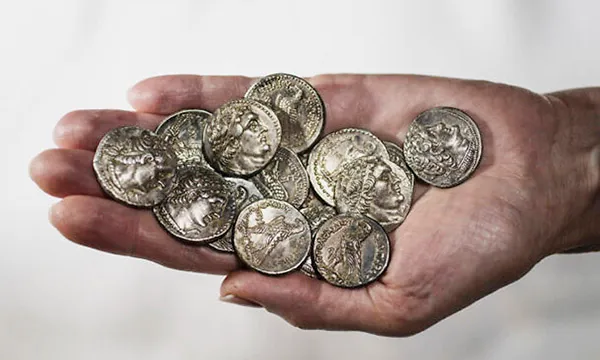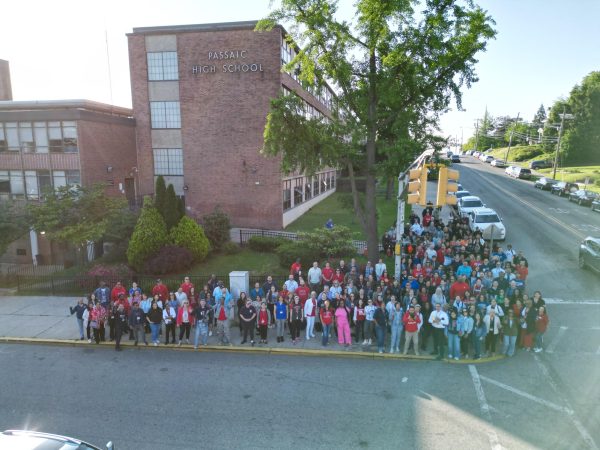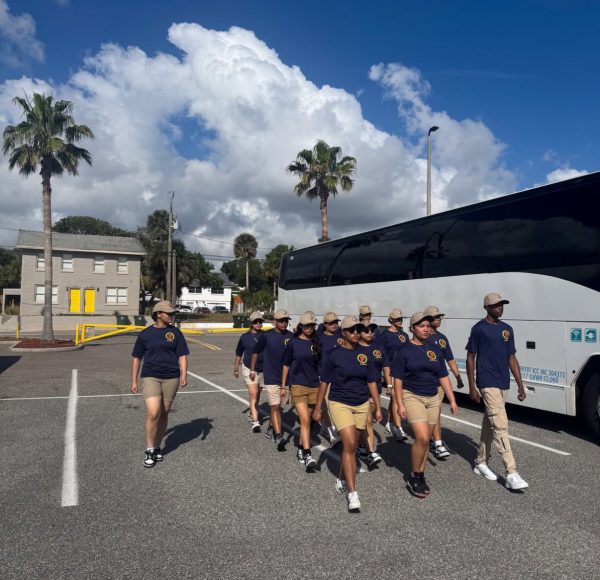Ronald Reagan Biography
Many political conversations today contain references to the great Ronald Reagan. He was a Republican president, but was a Democrat earlier in his life. Even those that disagreed with him politically could not hellp but like him personally. But what to we really know about Reagan? Here is a breif biography of the man so that you can impress your friends and hopefully have the facts you need when discussing politics.
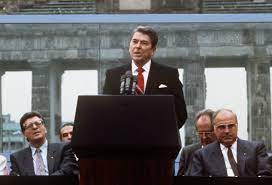
Ronald Reagan at the Berlin Wall, where he famously stated, “Mr. Gorbachev tear down this wall.” Reagan is credited with ending the long Cold War between the United States and the Soviet Union by embracing a peace through strength policy.
Early life and biography (1911 – 1966) Reagan was born on February 6th, 1911 in Tampico, Illinois. He grew up with his older brother, his mom and dad. After graduating high school in 1928, he attended Eureka College in Eureka, Illinois. He majored in economics and minored in sociology. He received a bachelor of arts degree in 1932, and graduated as a ¨C¨ average, mostly because he struggled with mathematics. Reagan enlisted in the United States Army Reserve in 1936, and was commissioned as an officer. He served from 1937 to 1945, serving throughout World War II. He left the armed forces in 1945, reaching the rank of a captain. Later, he moved from Illinois to California, and he became a Hollywood actor, starring in several movies, which made him a well-known celebrity in the 1950ś and 1960ś. He became a conservative political commentator, who was a Democrat most of his life, and then he became a Republican in 1962. He decided to run for governor of California in 1966, and won the election in a landslide. Reagan served two terms as governor of California from 1967 to 1975, earning national recognition for his actions as governor during the civil unrest on college campuses during the late 1960’s.. Presidential Campaigns (1980 & 1984) In the 1980 election the key issues were the emabwas addressing the Iran Hostage Crisis, which many Americans believed was handled completely ineffectively by President Jimmy Carter. Reagan criticized Carter for not doing enough for the American people by raising taxes during a time of inflation. People were finding it harder and harder to buy the everyday essentials like food. Unemployment was also a problem and the energy crisis meant that people could not afford to drive or heat their homes. The result of the 1980 election was that Reagan won, becoming the 40th president of the United States. He won the election in a landslide, and he picked former C.I.A. director (George H.W. Bush) from Texas, as his running mate. Reagan and Bush were inaugurated on January 20th, 1981. In 1984, Reagan ran for a second term as president. Former Vice President Walter Mondale was the Democratic nominee, campaigning that Reagan make the economy easier for the rich, and harder for the poor. Reagan campaigned on Mondaleś’s failed leadership during the Jimmy Carter administration, and that America needs and has moved on. Reagan campaigned by asking the American people if they were better off than they were four years ago. The result of the 1984 election was that Reagan won re-election in a bigger landslide than the previous election, which turned out to be one of the biggest landslide victories in American history. Reagan and Bush were re-inaugurated on January 20th, 1985. First Term (1981 – 1985) In Reaganś first year in office, he boldly enacted major tax cut reform to help families endure the increased cost of living, and also cut federal regulations on all businesses, making it cheaper for them to conduct business, which would in turn help average Americans afford basic items. His policies were called by economists ¨supply side economics¨ or ¨Reaganomics¨. Critics called it “trickle down economics.” His tax cuts and free market reforms helped people which ensured his second term. He also stood up to the threat of cummunism by increasing military defense spending. Reagan had a fifty-eight percent approval rating. He lowered the unemployment rate from nine point five percent to four point three percent by 1983. Reagan also enacted the ¨Reagan Doctrine” which was a foreign policy stance to support and push for anti-communist insurgencies around the world. Second Term (1985 – 1989) After Reagan was reelected, he continued his economic policies and reforms. His dramatic shift of conservatism in the country resulted in a slowing of many New Deal and Great Society programs. He signed the ¨Tax Reform Act of 1986¨, which simplified the tax code by reducing rates and removing several tax breaks. He also enacted the ¨Immigration reform and control act¨ which denied employment for illegal immigrants but granted amnesty to three million illegal immigrants. He sought to roll back global influence and relations of the Soviet Union with the goal of ending the Cold War. He described the Soviet´s as ¨the Evil Empire¨. Reagan also engaged in arms sales to Iran and Contra rebels in Nicaragua that were fighting to overthrow their nation´s socialist government. Presidential Rank Reagan was very popular amongst the working middle class, and the wealthy, while he received little support in the low income class. When he left office in 1989, he had an approval rating of sixty eight percent, the highest approval rating out of any president since Franklin D. Roosevelt in 1945. Reagan is ranked by historians as one of the best presidents in U.S. history for his handling of the economy and the Cold War. He is still considered a role model today by conservatives.
Your donation will support the student journalists of Passaic High School. Your contribution will allow us to purchase equipment and cover our annual website hosting costs.
